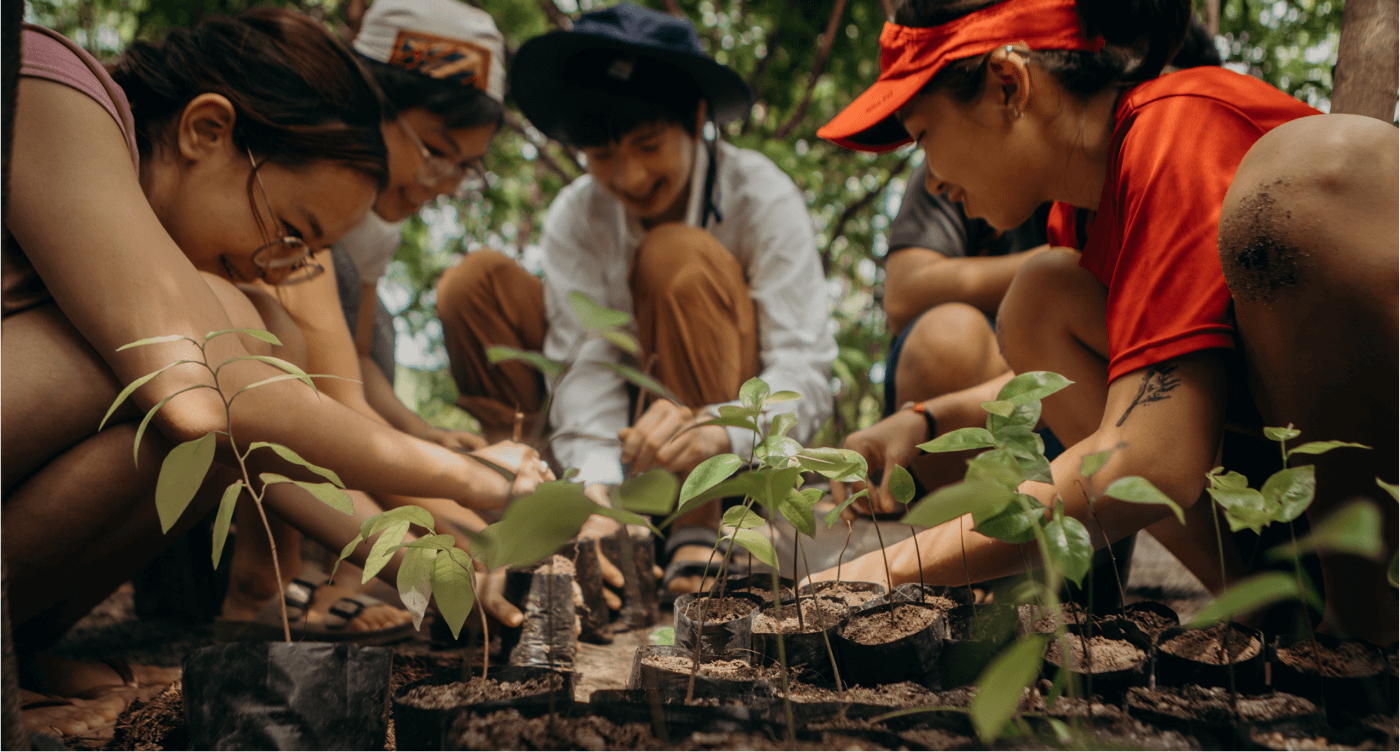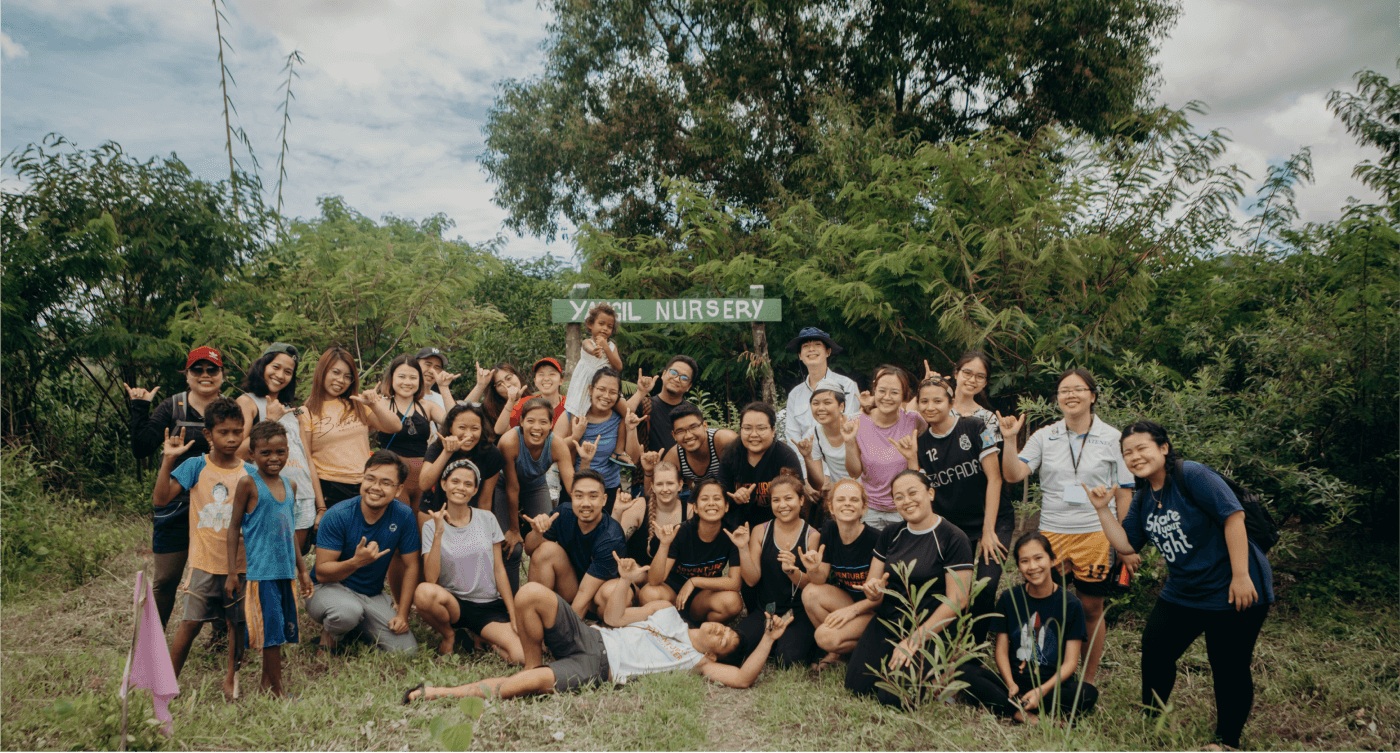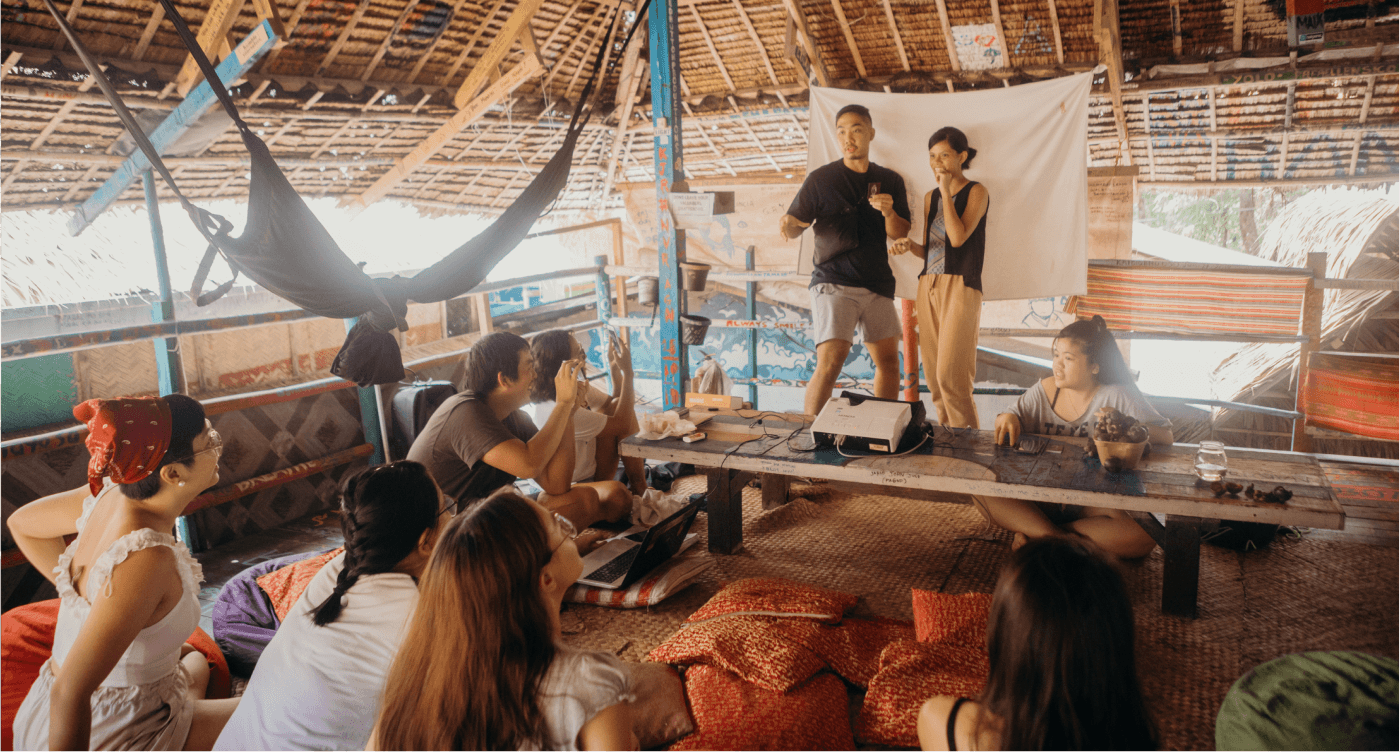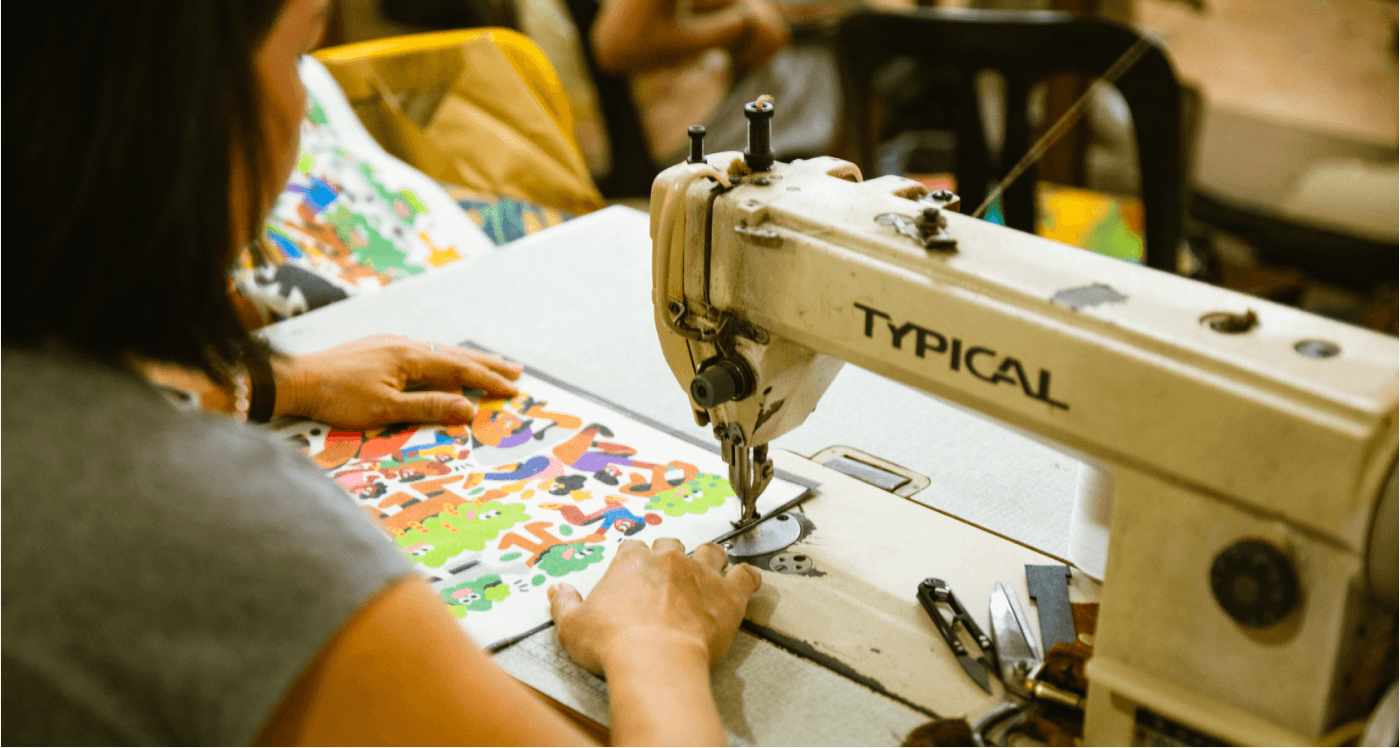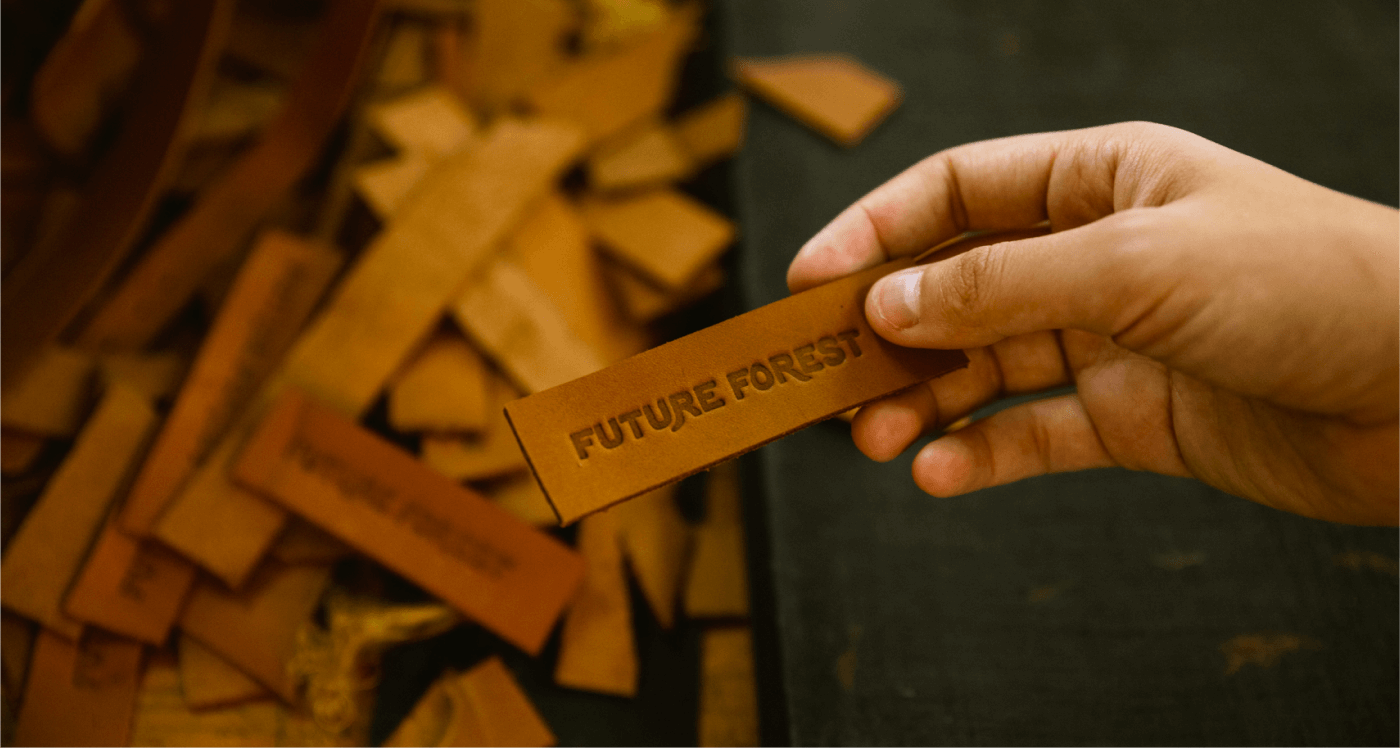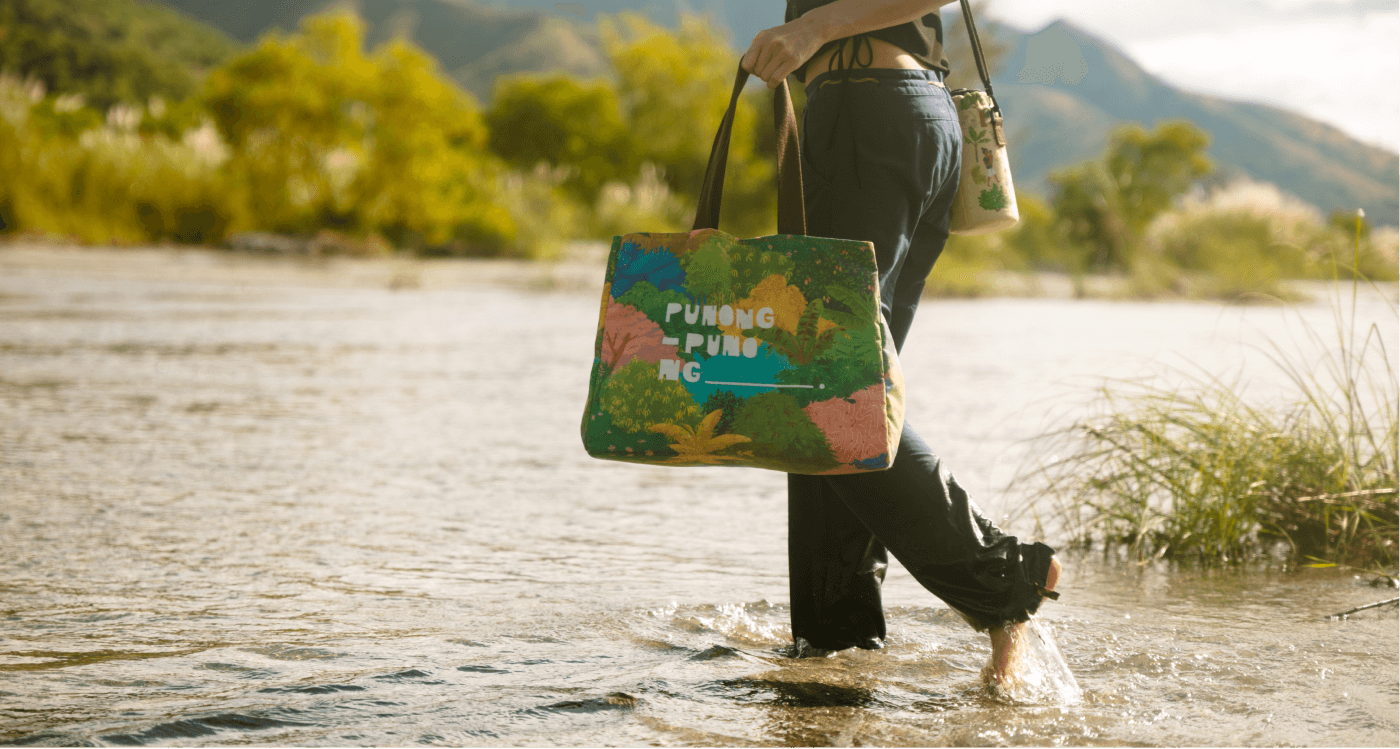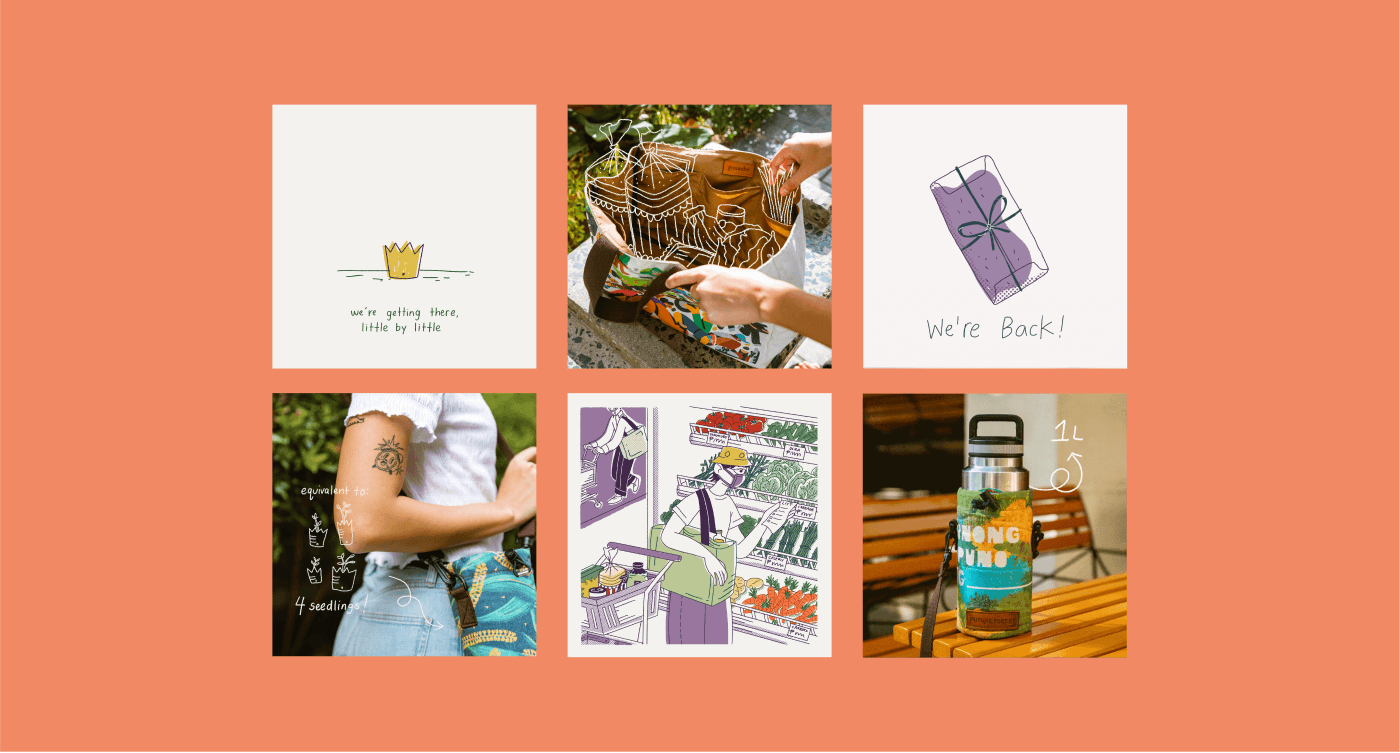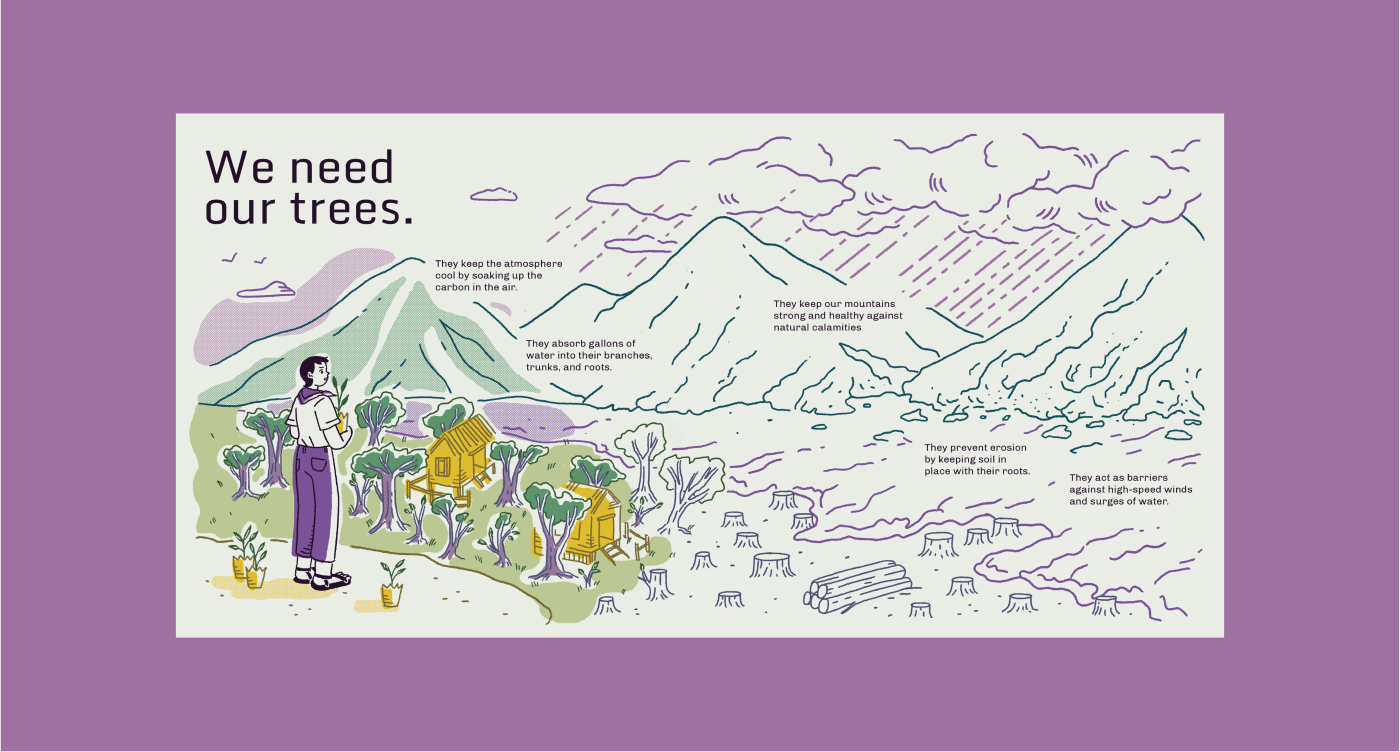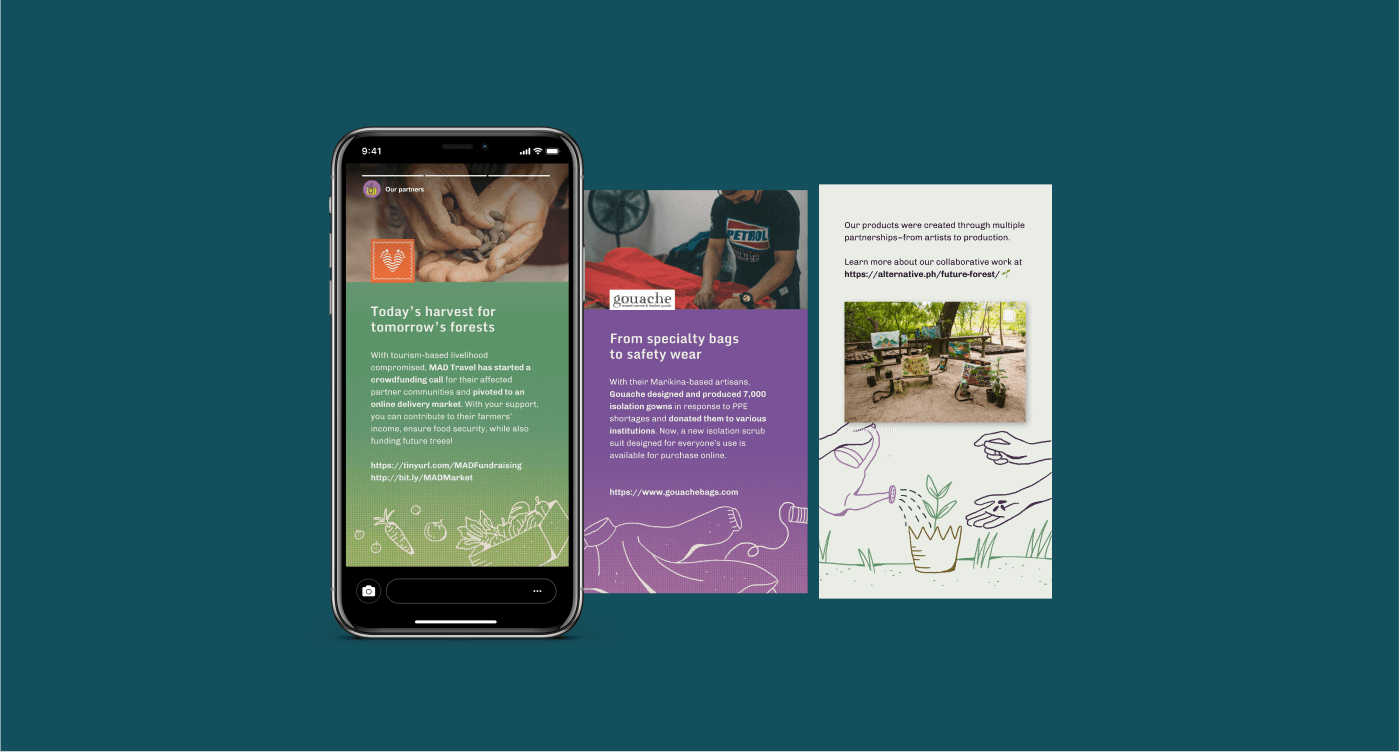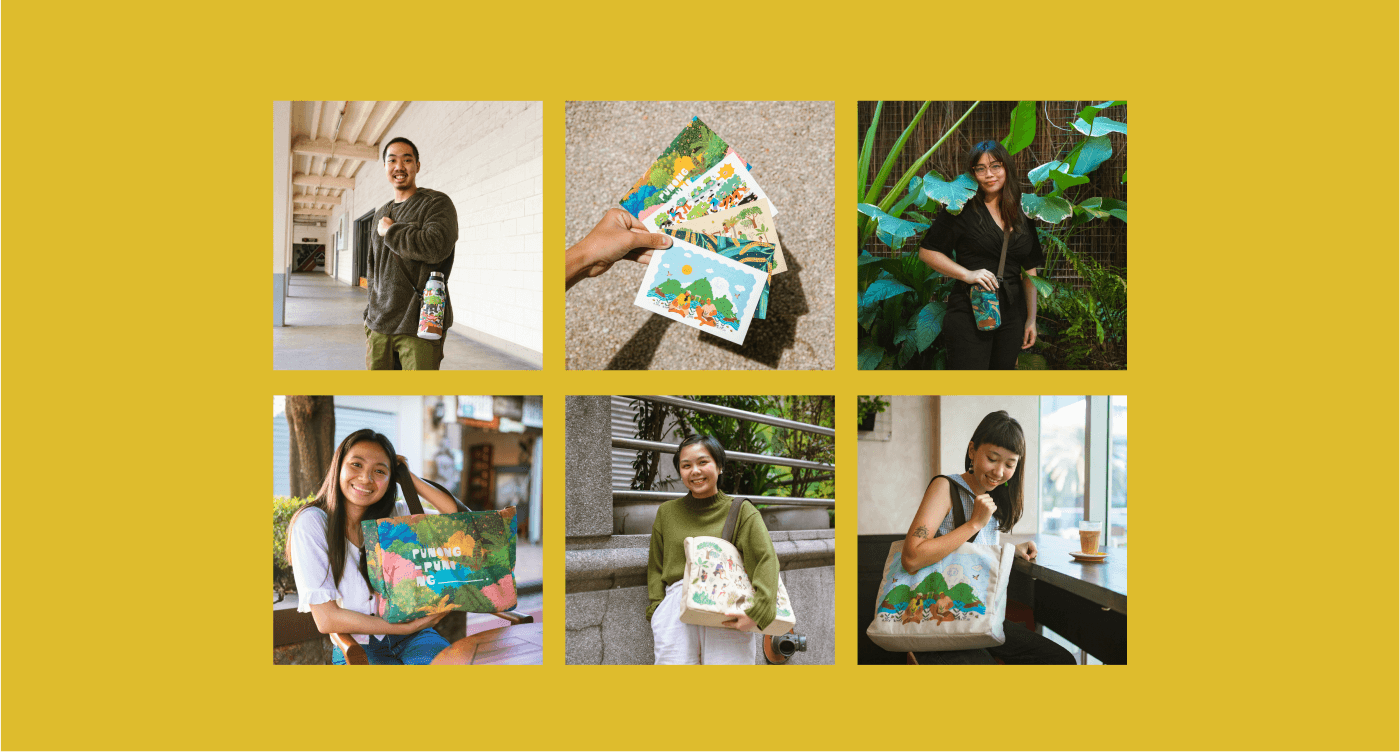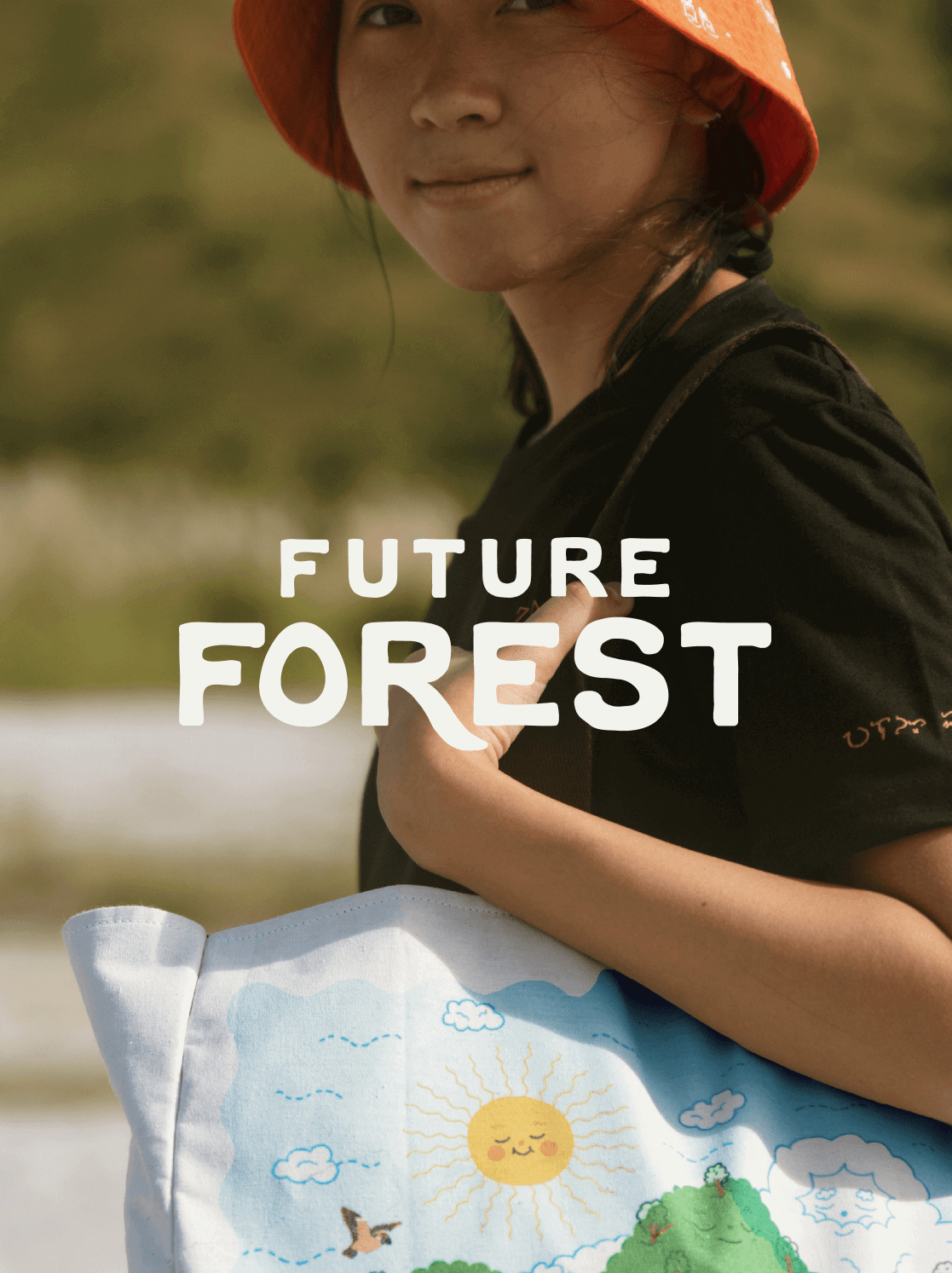
Imagining a more livable future together
With Future Forest
SECTOR
PARTNERS
LOCATION
SCOPE
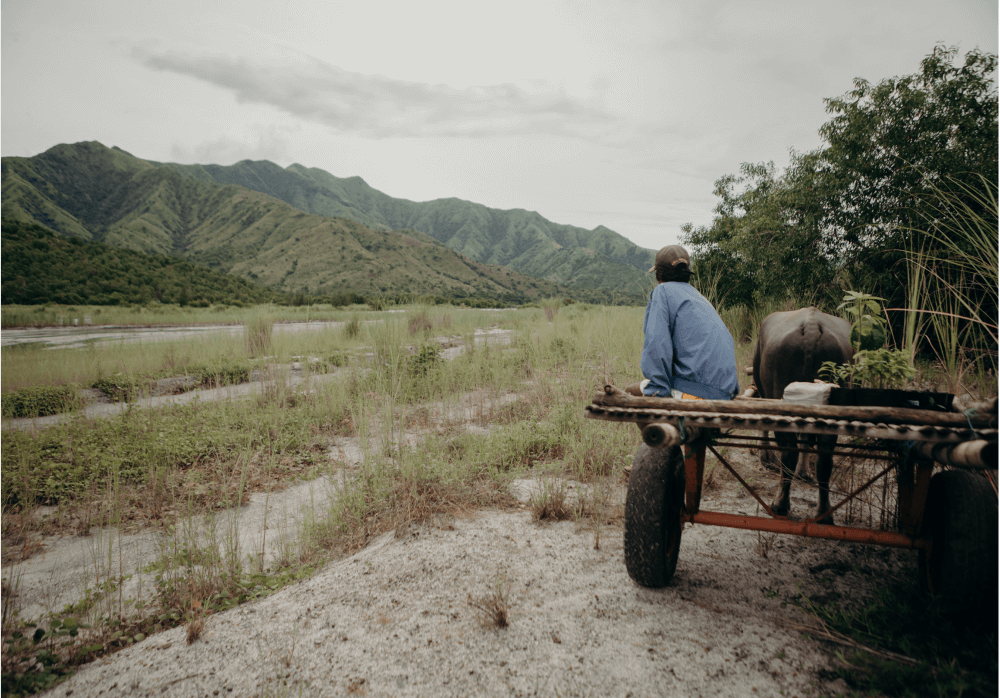
Volcanic ash evident on the trek to the Yangil Village, 30 years after the erruption of Mount Pinatubo.
During the 1991 eruption of Mount Pinatubo—commonly touted as the second-largest volcanic eruption in the twentieth century—volcanic ash spread and covered multiple parts of the country, causing hazardous effects on both human and environmental health. Lives and livelihood were disrupted; the immense dangers were felt both in the short-term and the long-term.
In nearby San Felipe in Zambales, ashfall affected the fertility of the land, making it difficult to plant, grow, and harvest trees, even for decades to come. Some locals resorted to cutting down the remaining trees to sell as charcoal and cover daily expenses. Over time, the quality of the land worsened and the residents found it harder to make ends meet. In Yangil Village, to this day, over 3,000 hectares of land are covered by grey-white ash with sparse vegetation in sight.
Deforestation is a complex environmental issue rooted in human activities and natural disasters. It affects the everyday lives of people—whether in their food, shelter, or livelihood—and it is also a major factor in the acceleration of global warming. Yet, despite its massive impact on everyone, there seems to be a lack of awareness and action from people as a collective, especially from urban residents who seem to situate themselves as “far” from the phenomenon.
Though there are different reasons for this inaction and negligence, one question recurs: how does one even start to face a climate emergency, especially as an individual? Good intentions are not enough for a full-scale reforestation—time and resources in the form of infrastructure, labor, and finances are all necessary, on top of the actual commitment to the cause.
A single catch-all solution does not exist.
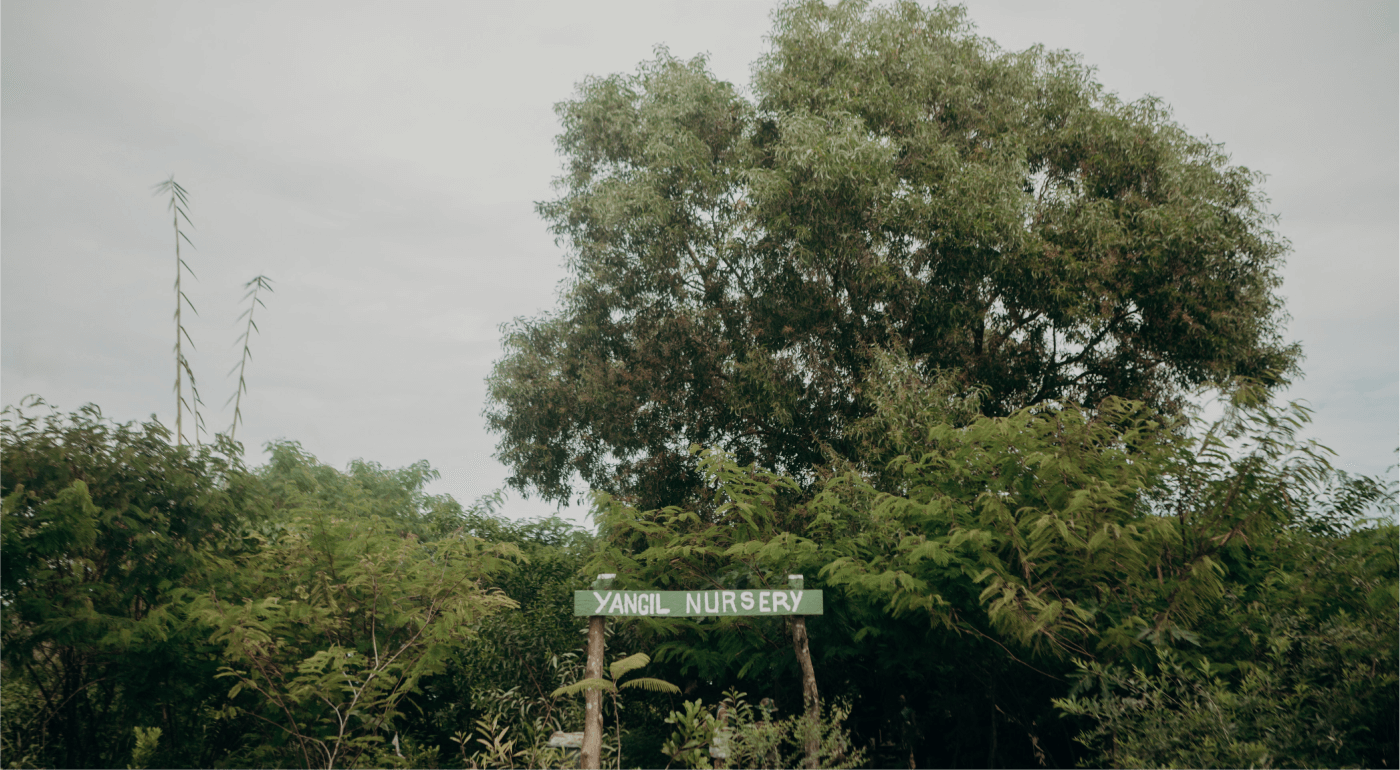
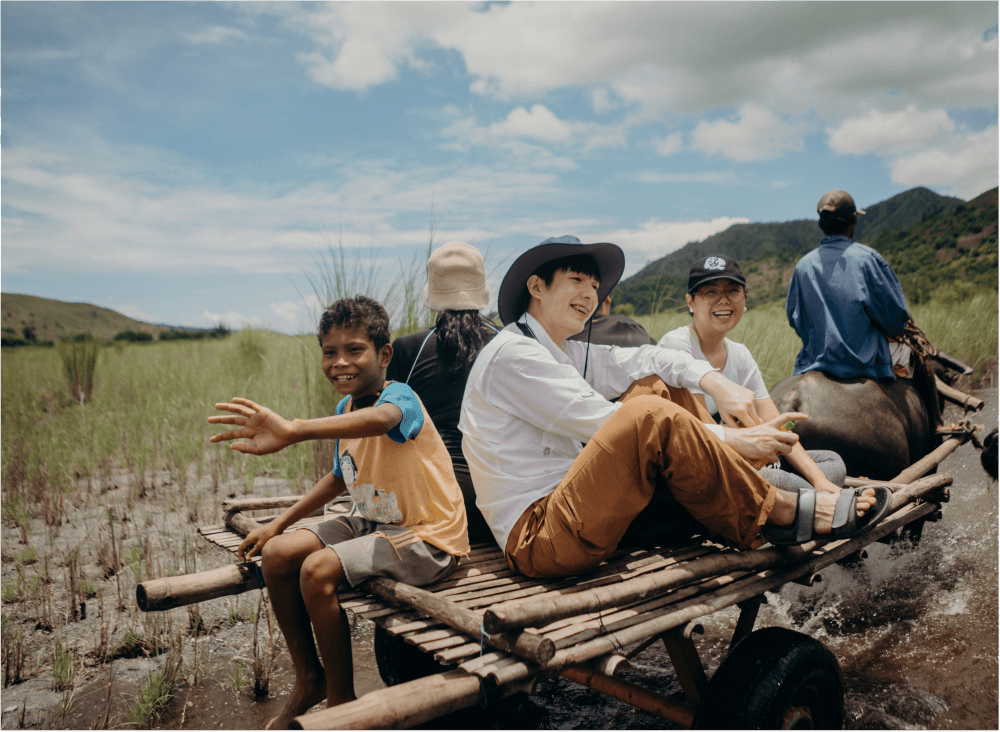
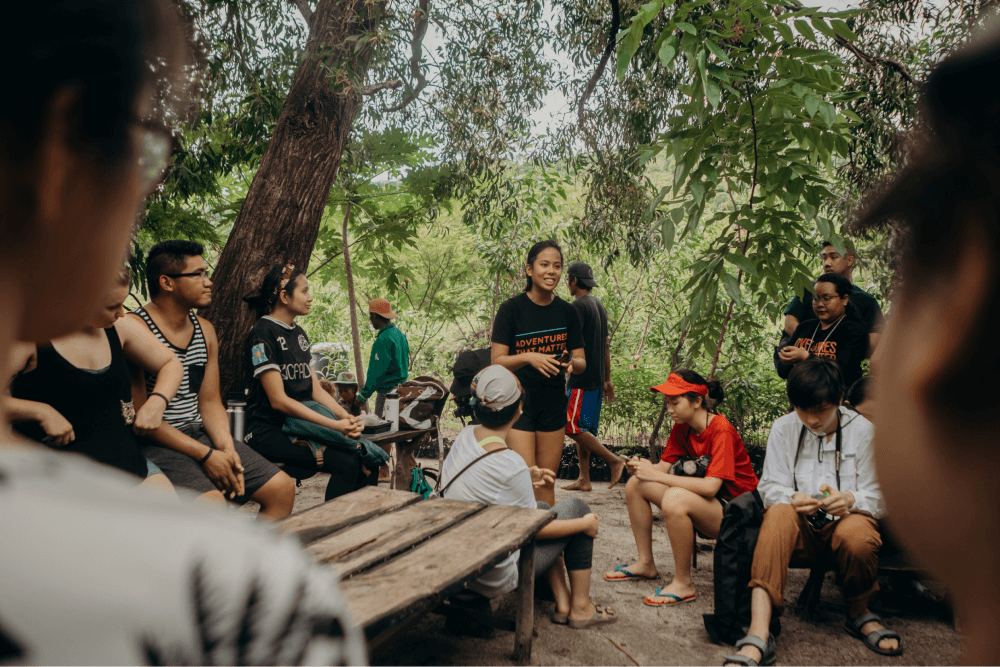
People from all over join at the heart of the seedling nursery grown by the efforts of the Yangil tribe and MAD Travel.
Strengths, capacities, and partnerships
MAD Travel is a Philippine-based social enterprise that focuses on social tourism—that is, tourism done for and with marginalized communities, allowing those who join to have authentic and impactful experiences. Their approach focuses on going beyond a superficial tour of the area; instead, participants actually meet local residents and work alongside them on important community projects. One of their key partnerships is with the Aetas in Yangil Village whom they have been collaborating with since 2016. Their goal is to sustain a seedling nursery that can help sustain reforestation initiatives throughout the land.
One of our team members, who had been participating in their programs for over a few years now, was struck with the efforts of MAD Travel to not only push for its environmental advocacies but also contribute in aspects such as food security, sustainable livelihood, and culture preservation. The seed of a partnership began there.
Over time, the intention to work together on a project intensified. The challenge, however, was that of practicality and sense. What realistic, feasible, and logical project or partnership could we offer as Works of Heart—a social impact design studio based in Metro Manila—to a reforestation effort? Grounding ourselves on a fair assessment of our strengths and capacities, what is the best way for us to contribute?
As it turns out, our journey would involve not just a partnership with MAD Travel but a combined effort with two more parties: first, a group of Manila-based artists interested in contributing to the environmental cause, and second, Gouache, one of our long-time collaborators who specializes in waxed canvas bags and similar goods. By working strategically with all three, we hoped to push for a small but meaningful contribution to the reforestation project, one that is within our means but also fully aligned to what the community specifically needs.
Grounding ourselves on a fair assessment of our strengths and capacities, what is the best way for us to contribute?
Art as an unlikely catalyst for reforestation
The decision to work with artists seems like an unconventional option, but it is one that feels particularly wise to us. As a design studio, we usually interact with artists, which means that we are always in proximity to one of the recurring questions asked to creatives: can art (and in our case, design) really change the world? While the answer to that is not within our reach, what stuck with us is the idea of creativity—namely, the constant imagination of new ways to see things and the insistence to take risks and be ambitious about it.
Maybe art can help, but not in the obvious manner one would expect. Maybe it is not art per se that catalyzes change but the artists, our fellow creatives who also insist on pursuing a better world and believing in the same causes. It was through that combination of being grounded (“what can we realistically do?”) and being ambitious (“can we make artists work for the environment?”) that Future Forest started to take shape.
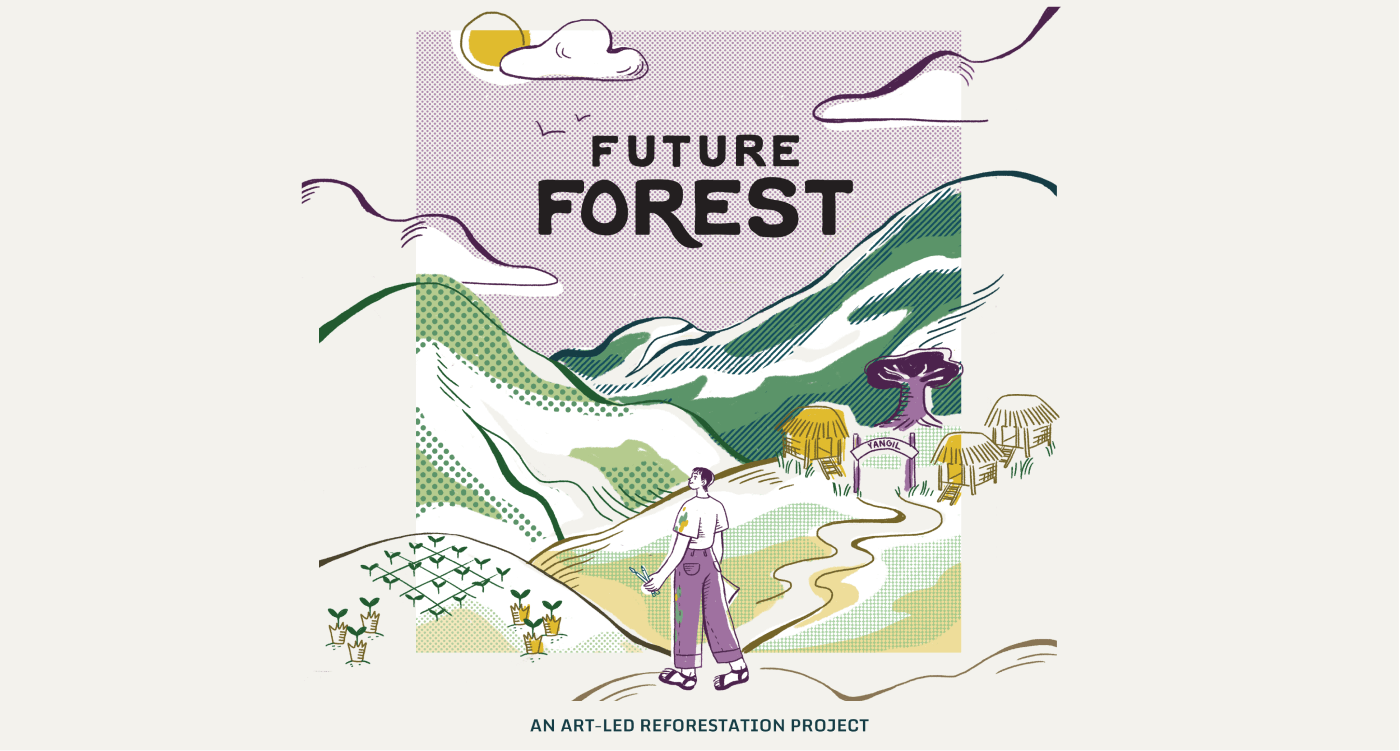
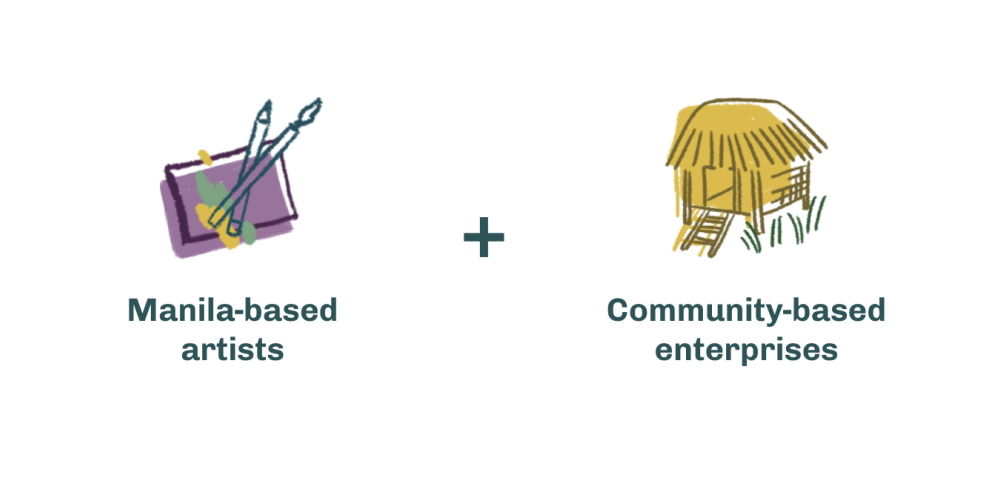
Going beyond just fundraising, we wanted to involve creatives—as well as their understanding—with the dreams of the community itself.
The biggest hurdle, however, was matching the project's intention with its output. Though it would be convenient to just do any traditional type of fund-raising, we felt that we would not be doing justice to the community if we failed to integrate the spirit of the program at all phases. Understandably, this took a long time. We did not want to just commission the artists to do something and then sell their wares immediately. We wanted to involve them—as well as their understanding—with the dreams of the community itself. We wanted the partnership to matter.
It's about the people in the environment; it's about the environment for the people.
Future Forest, eventually, became this: an art-led reforestation project for a more livable environment for everyone, bringing together Manila-based artists and a community-based social enterprise to promote the importance of forests and provide an avenue for urban residents to participate. In this way, the community is both its natural and human element. It's about the people in the environment; it's about the environment for the people.
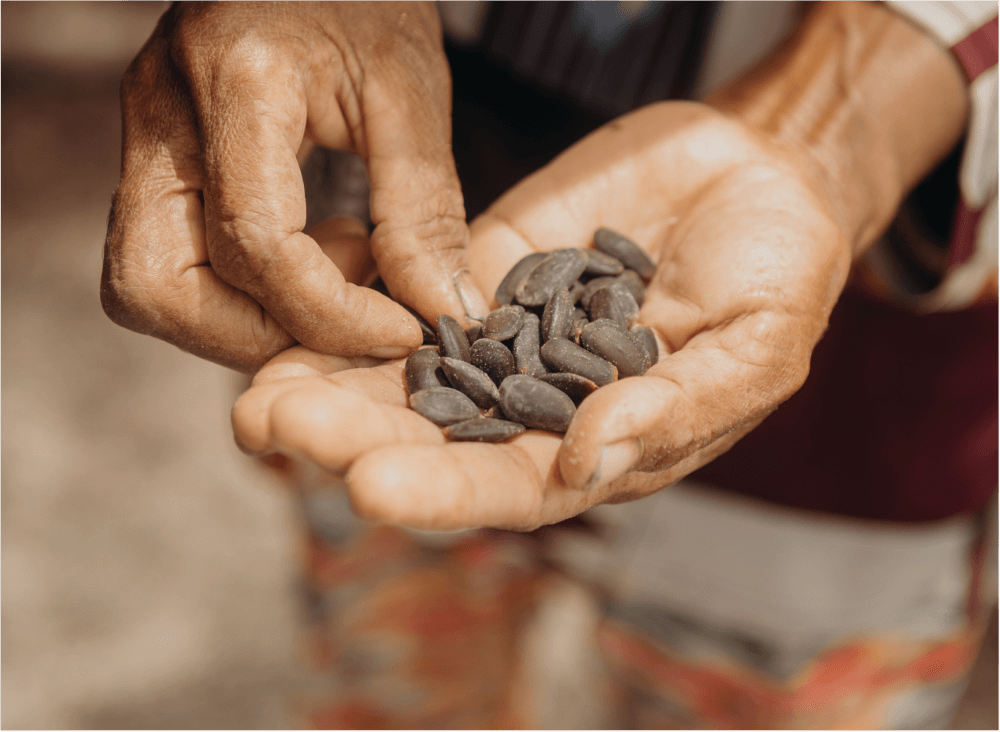
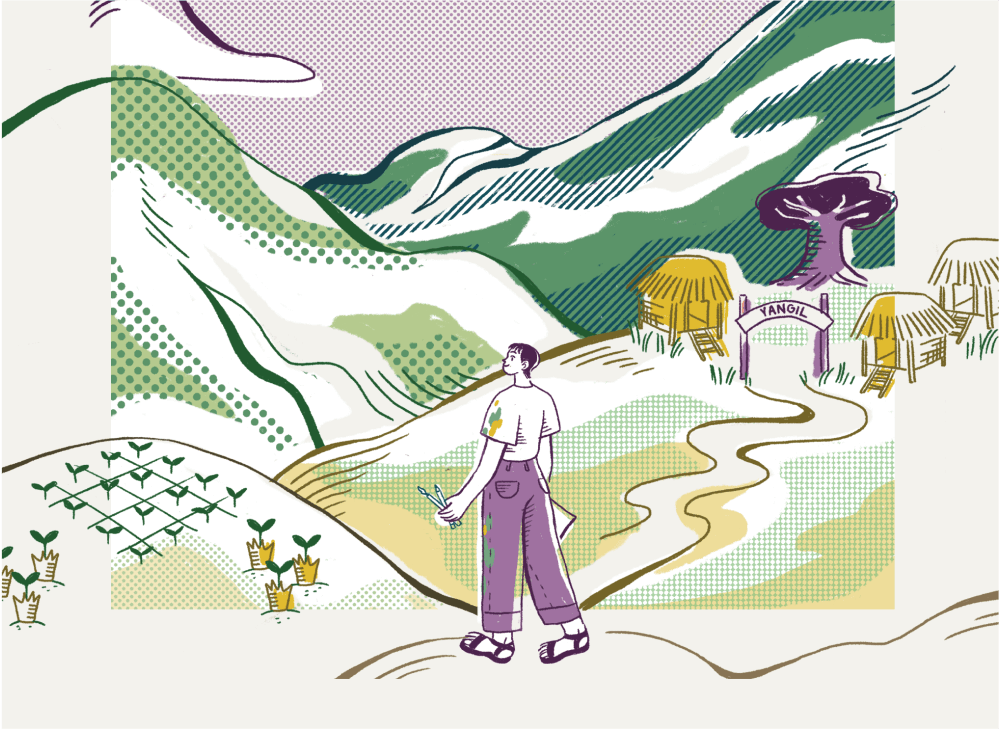
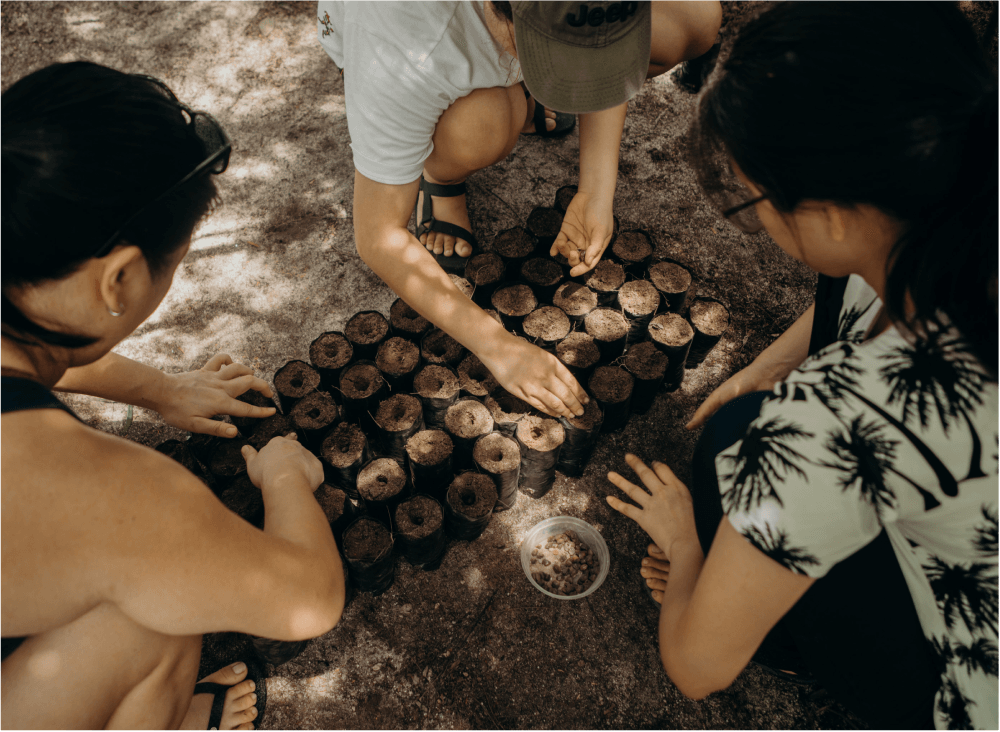
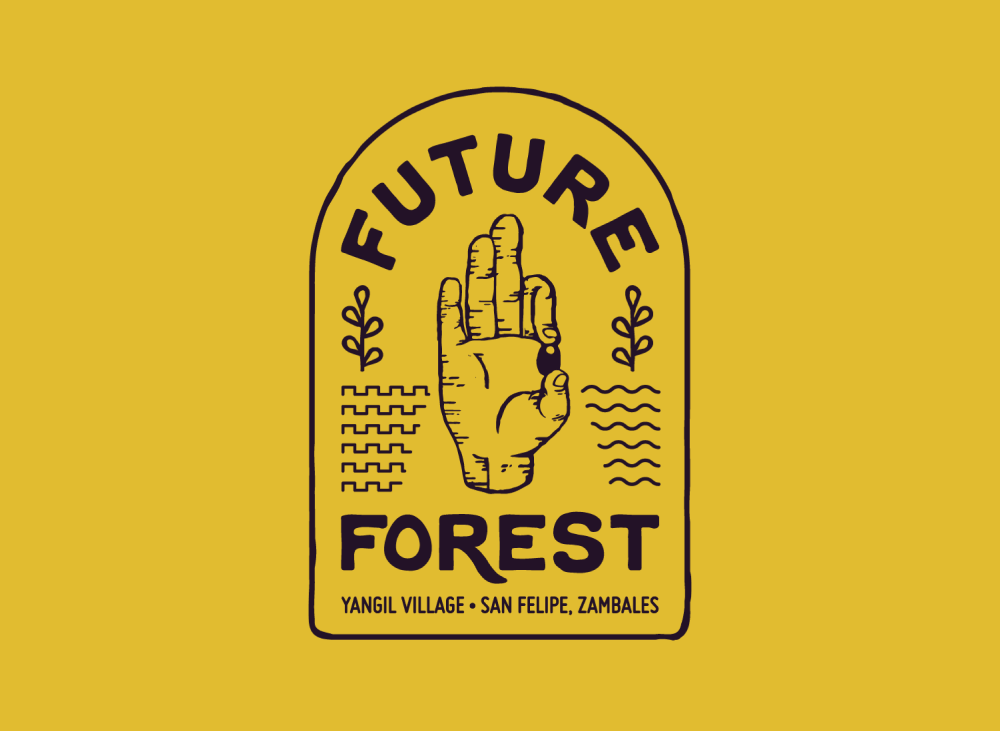
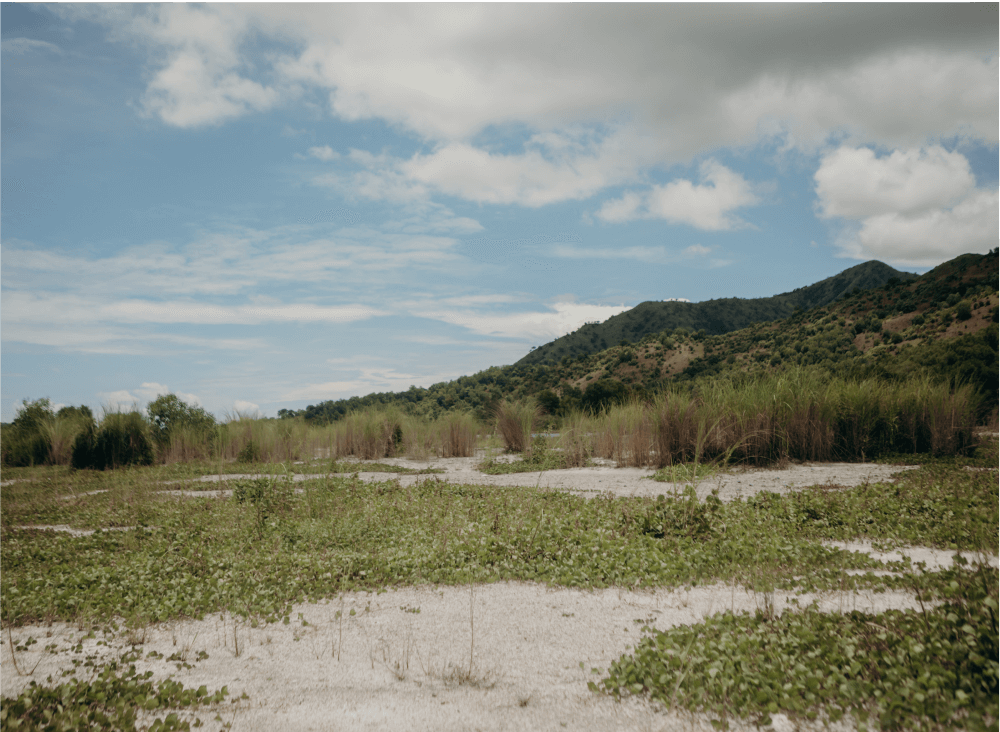
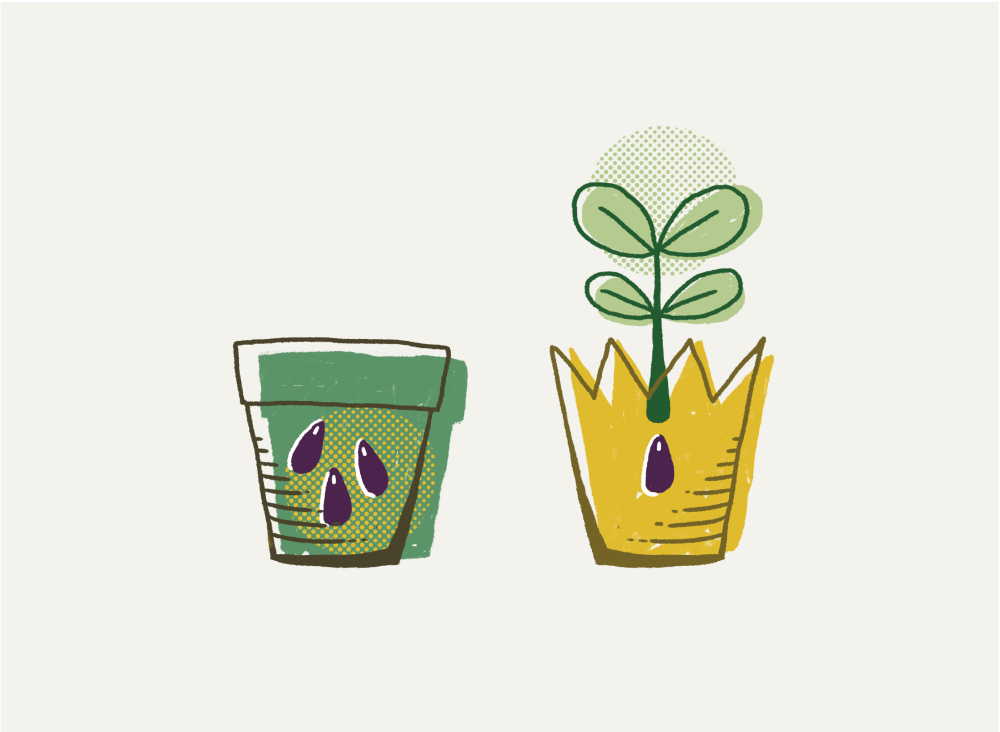
Images and visual cues taken from the trip to the Yangil Nursery informed our creative direction and inspired the formation of our logo and assets.
We asked how can we use art to dream new and hopeful futures for the natural world we live in?
The project had multiple visions. First, there is the sustainability aspect, where finances are geared towards labor costs because nurturing the growth of a tree is not merely a one-step action; it takes time. Second, there is the collaborative aspect, where artists from Manila—who might feel ill-equipped to contribute to the environmental advocacy—can channel their skills toward a project that directly contributes to reforestation. Lastly, there is the awareness aspect, where the products also build an awareness campaign for consumers who are given opportunities to participate in the cause.
Dreaming new and hopeful futures
Our creative direction for Future Forest was guided by the project’s cores of imagination and possibility. We frequently asked ourselves: “How can we use art to dream new and hopeful futures for the natural world we live in?”
In line with this, the illustrations we employed used rough lines and edges to capture the organic elements of nature. Instead of rigidity, there were curves and flows, all patterned to the unpredictability—and in a way, creativity—of our environment. One of our key visuals was that of a bare valley with only a few key elements standing out; yet, when superimposed with color and texture, it becomes rich and lively, quite aligned with the imagined future of a more livable world. It was our way of saying that action, in whatever form, contributes to our future.
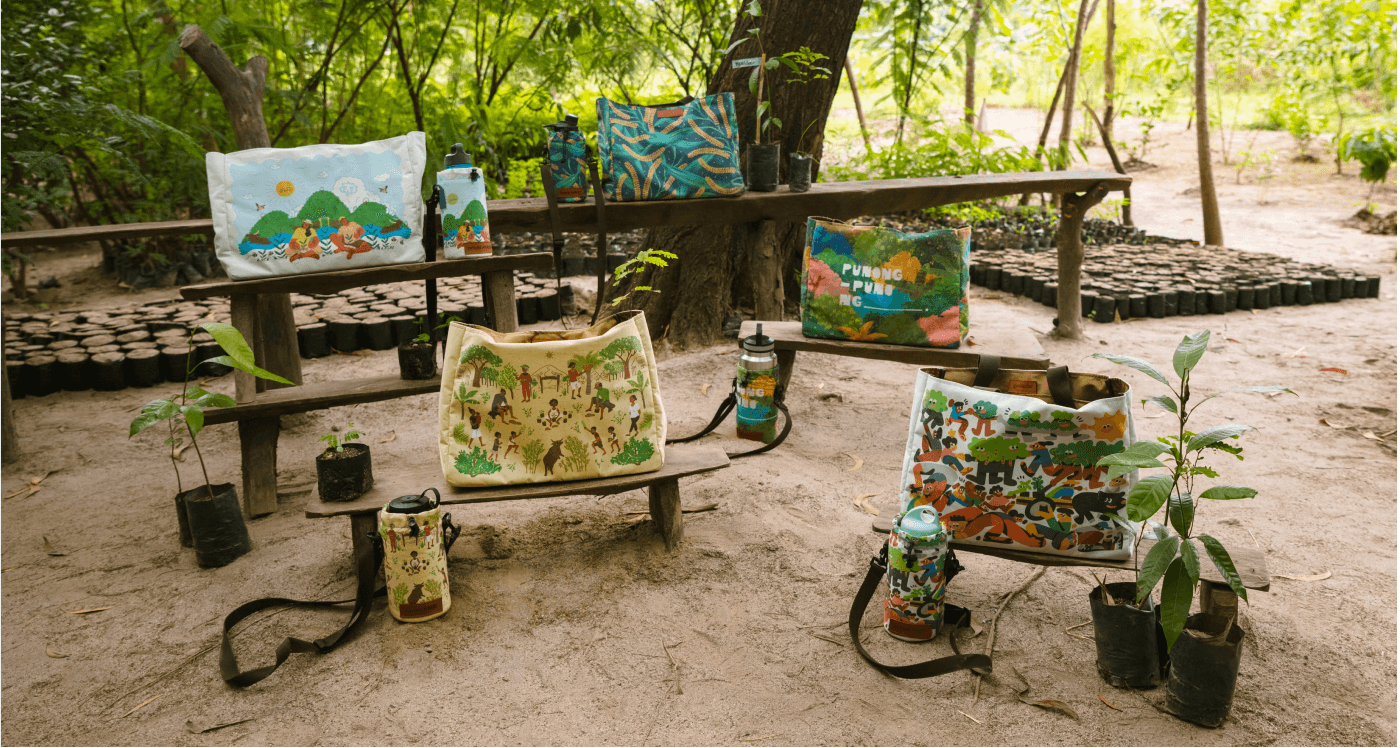
All the final designs and products together, holding the artists’ intentions and hopes for the future of community.
Long-term work for long-term results
After a long period of planning and preparation, we finally began. We kicked off the project by having the artists take part in MAD Travel's tour, staying at Circle Hostel in Sitio Liwliwa in Zambales. Our artists—Bel, Raffy, Rax, Ross, and Tim—visited the Aetas of Yangil Village during the first day. Along with the members of the community, team members and tourists planted seeds for the nursery, partook in meals, and even played some games together. On the following day, there was a program that featured talks on the environment, ecotourism, art, and all things conducive to the project we were all undertaking. Our parting prompt for our artists was simple: Dedicate an artwork for the community that you feel envisions hopes and futures that the community can treasure.
When the artworks finally came in, we then worked on the products. After coordination with Gouache, we were able to eventually come up with items we wanted to put on sale. The products bore art resulting from our prompts. We came up with two: the multi-purpose market bag and the tumbler carrying bag.
Imagination to reality takes time
Reforestation takes not just years but decades. It is not a linear process—extended dry or rainy seasons, fires, and other circumstances can derail its success. It cannot be solved by one project alone. In our case, it even seems like a goal incompatible with art and the creative industries. Yet, by the end of 2020, Future Forest was able to commit PHP 82,358.94 out of a planned PHP 144,000 to the labor costs needed by the Yangil seedling nursery—and though the targets have not yet been fully met, that vision of a better future has started to patiently grow.
Future Forest was a project borne out of being grounded: as a Manila-based design studio, what expertise and/or business do we have affecting the reforestation of lands in San Felipe? Yet those constraints were the ones that made us practice true creativity, one that dares to imagine a better world even with plentiful limitations. Imagination, after all, is precisely that—insisting on more livable futures even if we have not been dealt the best hand. As in the realm of art, we imagine because we believe that something can be better.

